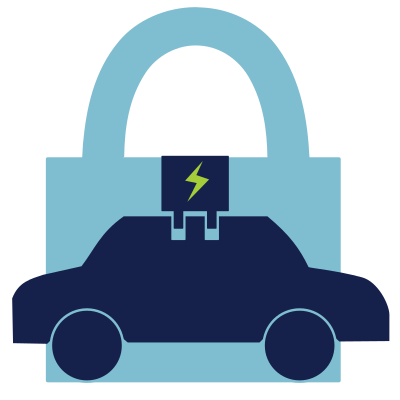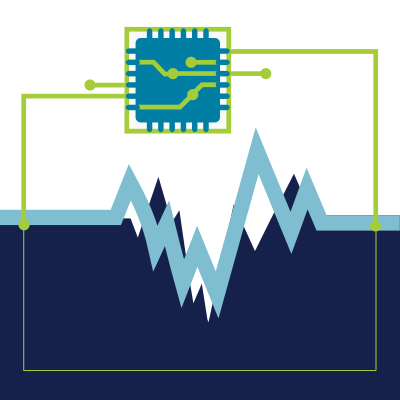
We reside at an inflection point in vehicular systems whereby advanced technologies including computer vision, sensor fusion, and artificial intelligence are changing the way in which we view, harness and utilize transportation. The “intelligent (sometimes termed smart) vehicle” has emerged as a focus of social enthusiasm because of its potential to provide an environmentally friendly alternative to transportation while delivering enhanced performance and safety. A smart vehicle is “an automobile that combines electric, and electronic, and communication technologies as well as specialized software components to render a high level of safety and convenience.” When these technological innovations enable communication between other vehicles or infrastructure often providing real-time data for decision-making or integrate a high degree of autonomy through artificial intelligence revolutionizing the driving experience, they are often referred to as intelligent vehicular systems.
Due to their reliance on information technology (IT), operational technology (OT) and data analytics, cybersecurity issues abound in these systems. This is due to weaknesses that exist at the interface of IT and OT components, vulnerabilities in the design and implementation of software and hardware for intelligent vehicular systems, challenges in security the control layer protocol, the implementation of legacy components in smart vehicles, and the growing complexity of these intelligent systems.
Intelligent Vehicular Platoons. Vehicles with autonomous capabilities present an ever-growing number of controllable agents in our road systems. Unlike human-driven vehicles, controllable vehicles can be engineered to coordinate within vehicular platoons to achieve faster and safer traffic patterns. There are many different driving scenarios for the vehicle platoons to address. In highway cruise control, vehicles within a platoon might wish to maintain a safe driving distance from each other and drive at a specified speed limit. These platoons will also have to interact with other platoons when changing lanes or merging. Countless road infrastructures including ramps, intersections and multilane to single lane junctions make generalizing a control solution for driving scenarios even more difficult. Several approaches have split road infrastructures into focus groups and employ control theory, machine learning, and hybrid algorithms to provide partial solutions. However, many challenges still exist providing fertile research opportunities.
Smart Vehicle Charging. Demand for electric vehicles (EVs) has been accelerating over the past few years due to their lack of reliance on fossil fuels, which significantly reduces greenhouse gas emissions responsible for climate change. A substantial shift to EVs can be expedited with the availability of scalable charging infrastructures that regulate the charging (and discharging) of millions of vehicles. Unfortunately, the inherent complexity of charging infrastructure bears cybersecurity concerns due to the reliance of information and communication technology (ICT) that facilitates the exchange of sensitive financial and personal information of EV owners. Existing research has identified attack vectors targeting a variety of entities including the EVs themselves, their charging stations, and the broader smart grid. Given the infancy of this field, a rich set of research problems exist to tackle.




